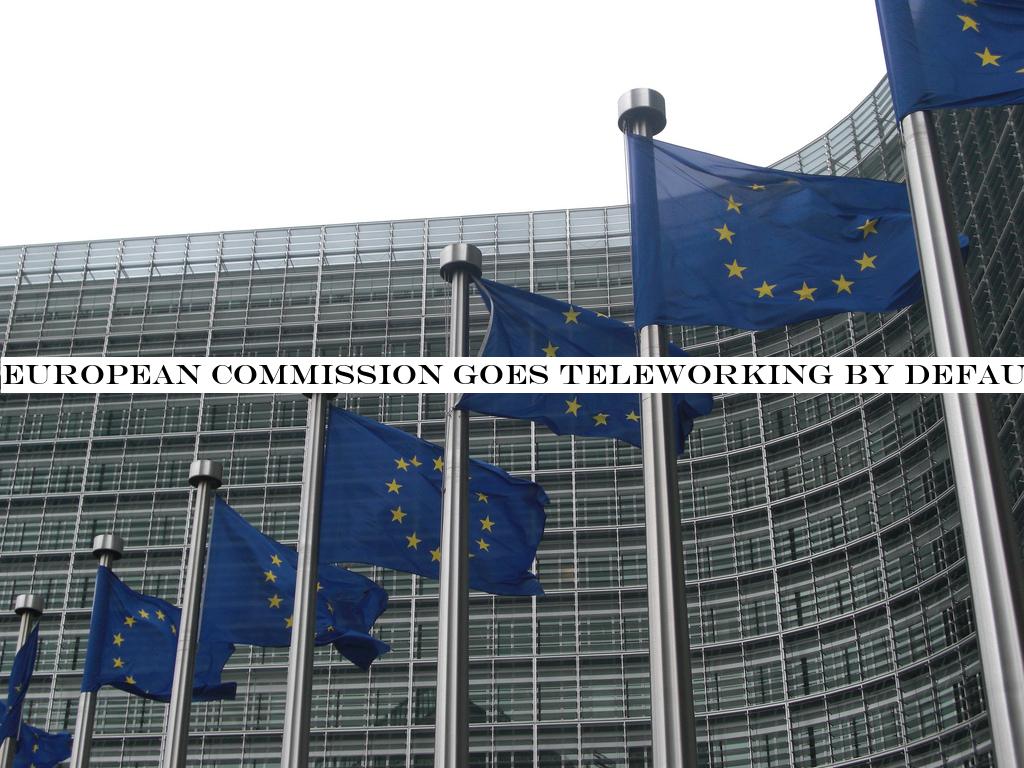Today after the bell, Slack, a popular workplace communication product, reported its FQ4 2020 earnings, the three-month period ending January 31 2020. The companyresults came in ahead of expectations. However, its shares have rapidly lost altitude in the wake of its news.
In the fourth quarter, Slackrevenue rose to $181.9 million, a gain of 49% compared to the year-ago quarter. Investors had expected Slack to report $174.14 million in top line. The company, therefore, beat on growth. Slack also reported gross margins of 86.6% in the period, a large operating loss of $91.2 million, and negative net income of $89.1 million.
On an adjusted basis the company did better, reporting a non-GAAP operating loss of $23.1 million and a non-GAAP net loss of just $0.04 per share. If investors will continue to allow Slack to lean on adjusted (non-GAAP) metrics long-term isn&t yet clear, but for now it seems to be the case.
But if Slack managed to beat growth expectations, and its adjustedand GAAP earnings per share came in ahead of expectations, why are its shares down so far? Letpeek at its promised growth for its fiscal 2021 — roughly calendar 2020 — to find out.
Great expectations
To get our head around its share price declines, letcompare and contrast what Slack promised for its fiscal 2021, and what investors had in mind. Herewhat Slack has in mind for the current quarter (Q1 fiscal 2021):
For the first quarter of fiscal year 2021, Slack currently expects: Total revenue of $185 million to $188 million, representing year-over-year growth of 37% to 39% [and] non-GAAP net loss per share of $0.07 to $0.06.
And here is the companyfull-year guidance:
For the full fiscal year 2021, Slack currently expects: Total revenue of $842 million to $862 million, representing year-over-year growth of 34% to 37% […] non-GAAP net loss per share of $0.21 to $0.19.
What did investors expect? According to Yahoo Finance figures:
- Q1 fiscal 2021 revenue: $188.37 million
- Fiscal 2021 revenue: $854.45 million
- Q1 fiscal 2021 adjusted EPS: -$0.07
- Fiscal 2021 adjusted EPS: -$0.21
So Slackcurrent-quarter revenue guidance is a tiny bit light, while its full-year revenue guidance is in the middle of expectations. And, the companyper-share profit expectations are a bit better than what investors think it will put up.
Why is the company being punished, then, if its numbers are at least as good as what investors ostensibly had priced in? Because the world has changed in the last two weeks, and Slack had a very rich valuation. Slack is still valued above most SaaS companies in terms of its revenue multiple, even taking into account its post-earnings declines. So it couldn&t just meet expectations, it needed to beat them. And while its Q4 fiscal 2020 (the quarter it just reported) did beat expectations, the companyforward guidance appears to have failed to excite.
Especially when Zoom is reporting rising usage that could convert to revenue, Slackmiddling guidance was just not good enough.
As coronavirus pandemic spreads, demand for remote-work startups spikes
More when it opens tomorrow and we get a better view of the investor response; also, we&ll have an interview with Monday.com about what they are seeing in todaywild work environment. As a spoiler, it seems that the rise in demand for remote-work products isn&t landing equally among the players.

 19
19











